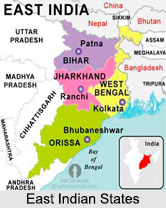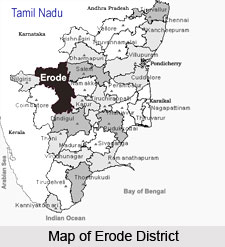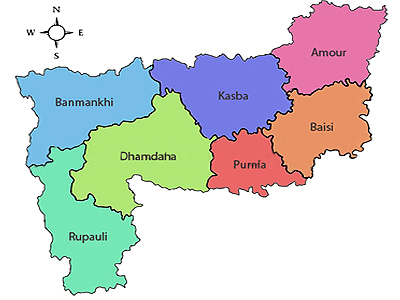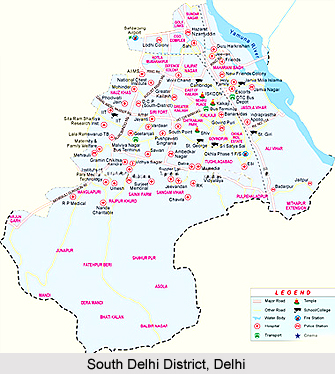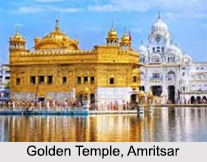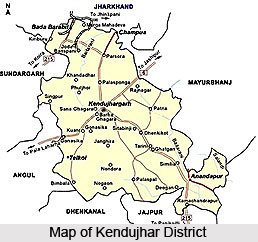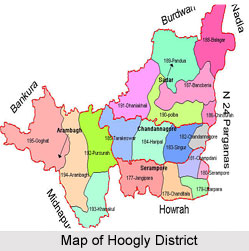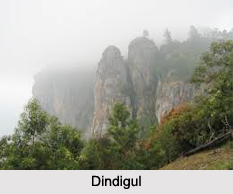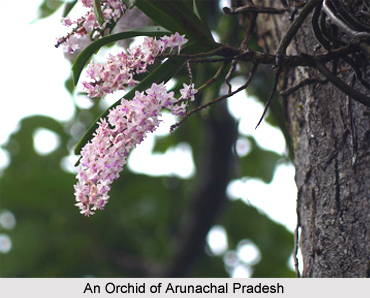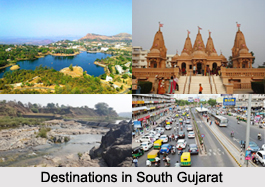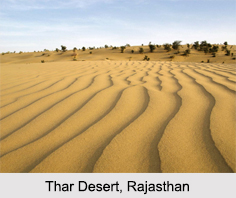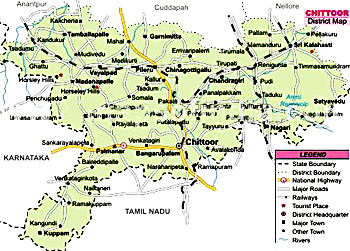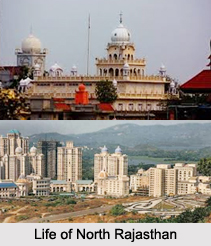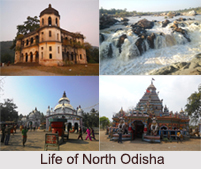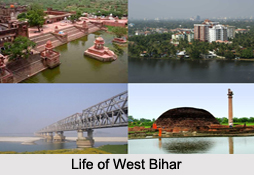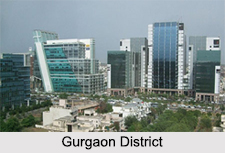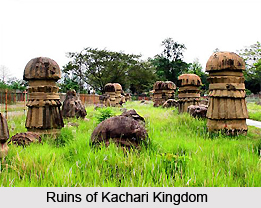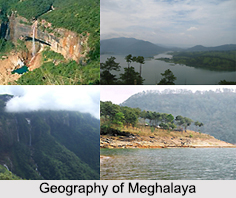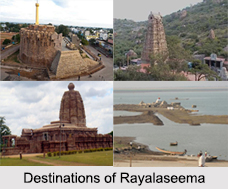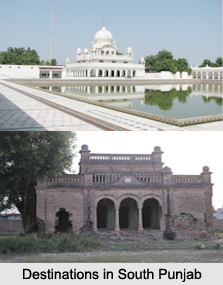Introduction
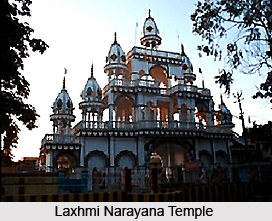 North Tripura District is one of the four administrative districts of Tripura. Kailashahar is the headquarters of this district. North Tripura District started functioning in the office of the sub-divisional officer at Kailashahar and partly at Kumarghat; later the whole office was shifted to Kailashahar. Subsequently, North Tripura District has been bifurcated and a new District namely Dhalai District has been inaugurated on 14th of April, 1995. North Tripura District has a geographical area of around 2,469 sq km. `Betling Chip`, the highest point of the state (939 metres), is located in North Tripura District in the Jampui range. Deo, Manu, Longai and Juri are the main rivers.
North Tripura District is one of the four administrative districts of Tripura. Kailashahar is the headquarters of this district. North Tripura District started functioning in the office of the sub-divisional officer at Kailashahar and partly at Kumarghat; later the whole office was shifted to Kailashahar. Subsequently, North Tripura District has been bifurcated and a new District namely Dhalai District has been inaugurated on 14th of April, 1995. North Tripura District has a geographical area of around 2,469 sq km. `Betling Chip`, the highest point of the state (939 metres), is located in North Tripura District in the Jampui range. Deo, Manu, Longai and Juri are the main rivers.
History of North Tripura District
History of North Tripura District dates back to the year 1761, when the princely state of Tripura was gained control of, by the British. However, the hill territory was reigned by the Maharaja till the year 1871, since no agent was appointed to rule this portion of India.
On 13th August, 1947, the North Tripura District officially became a part of the Indian union and on 9th September, the following year an agreement was signed to confirm the merging of Indian union and the North Tripura district. Eventually, on 15th October, 1949 Tripura was finally taken over.
By 1st September 1970, Tripura was divided into three districts. Initially, the North Tripura District functioned in the sub divisional officer`s office at Kailashahar as well as in Kumarghat partly. However, the entire office was moved to Kailashahar later. On 13th November, 1987 the Collectorate was shifted to Gournagar`s newly erected complex. A new district named `Dhalai District` has been formed out of the North Tripura District on 14th April, 1995. Its district headquarters is based at Ambassa.
Culture of North Tripura District
Main tribes of the district are Tripuri Tribe, Koloi, Halam tribe and Chakma tribe. Culture of this district is predominantly tribal in nature. An important festival of the district followed by a big fair popularly known as `Ashokastami Fair` is held at Unakoti at Kailashahar every year in the month of March or April. Thousands of religious people gather on that occasion to perform rituals. `Orange and Tourism Festival` is organized every year in Jampui Hill in the month of November during orange season. Jampui Hills is the only hill station in Tripura where large numbers of oranges are grown.
Tourism in North Tripura District
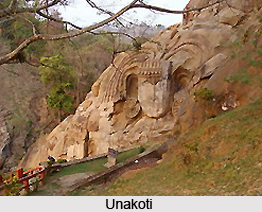 The popular places of interest of the district include Jampui hill, Unakoti, Laxmi-Narayan Temple, Sateramia Hawar at Kailashahar, Purano Rajbari, Rangauti at Kailashahar, Bhagabati mandir, Kumarghat and Udayan Buddha Bihar of Pechartal. These places attract the travellers from all parts of the country. Rock carvings and some ancient temples belonging to 11-12th century AD are found at `Unakoti`. Unakoti is termed as `Shaiva-Tirtha` which is visited by thousands of people from all over the region particularly during `Ashokastami Mela`. Jampui Hills, which was once merely an orange producing zone, now has become a holiday summer resort. Jampui hills are considered as the permanent abode of spring. It is situated 3000 ft above sea level.
The popular places of interest of the district include Jampui hill, Unakoti, Laxmi-Narayan Temple, Sateramia Hawar at Kailashahar, Purano Rajbari, Rangauti at Kailashahar, Bhagabati mandir, Kumarghat and Udayan Buddha Bihar of Pechartal. These places attract the travellers from all parts of the country. Rock carvings and some ancient temples belonging to 11-12th century AD are found at `Unakoti`. Unakoti is termed as `Shaiva-Tirtha` which is visited by thousands of people from all over the region particularly during `Ashokastami Mela`. Jampui Hills, which was once merely an orange producing zone, now has become a holiday summer resort. Jampui hills are considered as the permanent abode of spring. It is situated 3000 ft above sea level.
As per Census 2001, literacy rate of North Tripura District is 73.10 percent. Tea, Food Processing, Light Engineering, Wood processing, Natural Rubber based units, Spices, Plastics and Polymers, Distilleries, Spun Pipes, Iodized Salt Processing, Handloom and handicrafts are the major industries of North Tripura District.
Fairs of North Tripura District
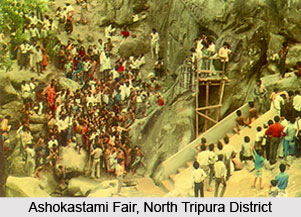 An imperative festival of the State followed by a big fair generally known as "Ashokastami Fair" is held at Unakoti Tirtha at Kailashahar every year in the month of March/April. Ashokastami Mela, Makar Sankranti, and Shivaratri are the renowned festivals observed here. Innumerable people assemble at this spot to take part in the several rituals and take a dip in the waters of the Astami Kunda. Fairs of North Tripura District are of various kinds and reflect the local traditional and cultures of this part of the country.
An imperative festival of the State followed by a big fair generally known as "Ashokastami Fair" is held at Unakoti Tirtha at Kailashahar every year in the month of March/April. Ashokastami Mela, Makar Sankranti, and Shivaratri are the renowned festivals observed here. Innumerable people assemble at this spot to take part in the several rituals and take a dip in the waters of the Astami Kunda. Fairs of North Tripura District are of various kinds and reflect the local traditional and cultures of this part of the country.
Ashokastami Fair
The ritual bathing is very common at this Mela and devotees believe that taking a dip in the sacred waters of the river at the Ashokastami Fair purifies them of their sins. The holy waters of the Ashtami Kund are also believed to usher in the blessings of the Almighty on His devotees. Innumerable number of pilgrims pays a visit to this Mela to perform some essential rites here. The elaborate fair or `mela` celebrated here is also popularly termed as the Ashokastami Festival. March and April are the months during which this fair is held every year, particularly depending on the various movements of the moon, known as `Tithi`.
Orange and Tourism Festival
Another important festival celebrated in North Tripura district is the Orange and Tourism Festival which is organized every year and is observed during November in Jampui Hill, which is located at an altitude of nearly 3000 feet above mean sea level. Jampui Hills is believed to be the highest peak in Tripura and is renowned for the vast quantity of oranges which grow here. This season is popularly known as the orange season here. This festival is observed in North Tripura District as a mark of tribute to God, for blessing the natives in the form of beautiful and colourful groves of oranges, which are in bloom in large quantities. November is the month when the Orange and Tourism Festival are conducted in this portion of the country. Numerous tourists from across India visit this region to participate and absorb the beauty of this festival.
Fairs are also arranged during `Maghi Purnima` which is in February and continues till March. The venue of this fair is Chaturdas Devata Temple of Khowrabill which is located under Kailashahar subdivision. Number of devotees visits this place to participate in the Mela.
